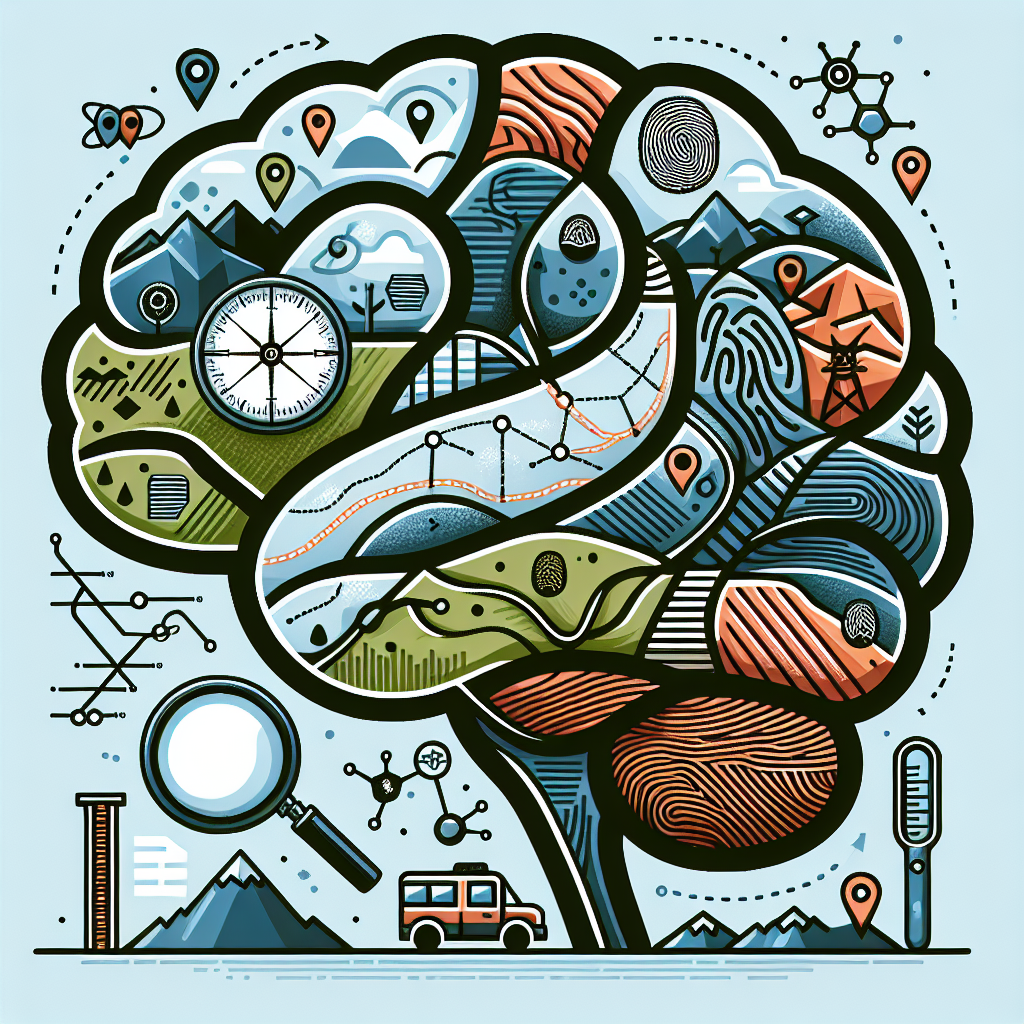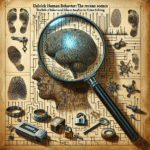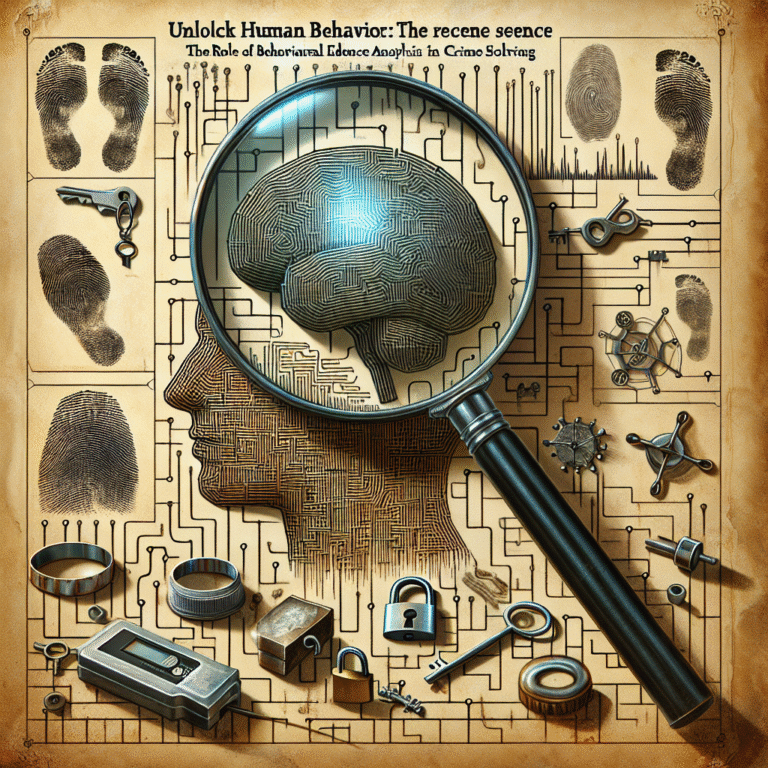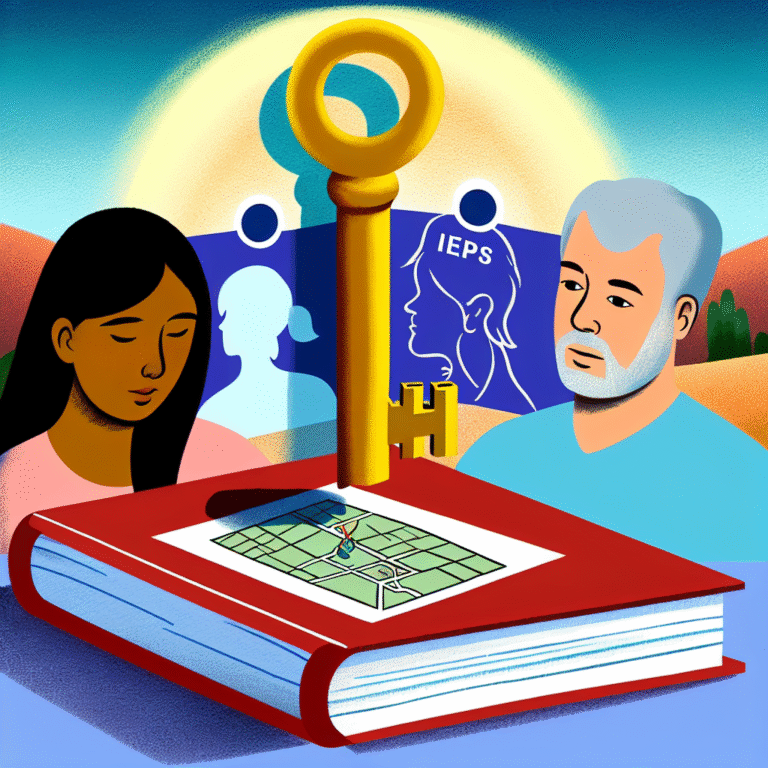
Introduction
In an age where crime often feels omnipresent, law enforcement agencies continually seek innovative methods to enhance their investigative capabilities. Among these strategies, one stands out as both transformative and crucial: geographic profiling. This fascinating field combines geography, psychology, and investigative science to create a map of potential criminal behavior. Here, we dive deep into the realm of Mapping a Criminal Mind: How Geographic Profiling Transforms Crime Solving, exploring how the art and science of spatial analysis has revolutionized criminal investigations.
The Evolution of Crime Solving
From Intuition to Data-Driven Insights
In the early days of law enforcement, detectives relied heavily on intuition and experience. However, as criminal behavior became more complex, there was a realized need for a systematic approach to understanding it. Geographic profiling emerged from this necessity, serving as a bridge between traditional methods and modern data analytics.
- Table 1: Key Milestones in Crime Solving Evolution
| Year | Development |
|---|---|
| 1970s | Initial theories on geographic profiling emerge |
| 1980s | Development of profiling software |
| 1995 | First official use of geographic profiles in a police department |
| 2000s | Widespread adoption in law enforcement |
What is Geographic Profiling?
Geographic profiling is a technique used to analyze the spatial patterns of a series of criminal acts. By creating a map based on the locations of these crimes, investigators can determine the likely area where the offender lives or operates. This method leverages the reality that criminals typically commit offenses near familiar places.
The Science Behind the Strategy
Mapping a criminal mind involves understanding various concepts such as:
- Buffer Zone: Offenders often avoid committing crimes in their immediate neighborhoods due to fear of being recognized.
- Anchor Points: Places significant to the offender, such as home or workplace, can provide clues about their geographic footprint.
This scientific methodology assures investigators that they are not just making educated guesses but are instead using analyzed data to narrow down suspects.
Real-World Applications of Geographic Profiling
Case Study 1: The Unabomber
Ted Kaczynski, known as the Unabomber, evaded law enforcement for over 17 years through his intricate and calculated methods. Despite the extensive manhunt, it was the geographic profiling that ultimately led to his arrest. By analyzing the locations of his bombings, investigators identified patterns and narrowed down possible areas where he might reside.
- Analysis: This case emphasizes how Mapping a Criminal Mind: How Geographic Profiling Transforms Crime Solving can be crucial in catching elusive offenders who manipulate their surroundings.
Case Study 2: The Green River Killer
Gary Ridgway, known as the Green River Killer, murdered numerous women in Washington State. Investigators used geographic profiling to connect the locations of the bodies to Ridgway’s known areas of operation, ultimately leading to his arrest.
- Analysis: This case showcases how geographic profiling not only aids in suspect identification but also provides insights into the offender’s behavior and choices.
How Geographic Profiling Works
The Process
Mapping a Criminal Mind: How Geographic Profiling Transforms Crime Solving involves several steps, including:
- Data Collection: Gathering detailed records of crime scenes, including time, location, and circumstances.
- Spatial Analysis: Using software to map these locations and identify patterns.
- Hypothesis Testing: Formulating potential offender profiles based on geographic data combined with psychological insights.
Tools of the Trade
Modern geographic profiling relies on various tools, such as Geographic Information Systems (GIS), which enable mapping and spatial analysis. These technologies empower investigators to visualize crime patterns and offender behaviors in ways previously unimaginable.
Benefits of Geographic Profiling
The advantages of geographic profiling extend beyond suspect identification to include:
- Resource Allocation: Optimizing police resources by focusing efforts on specific areas.
- Risk Assessment: Identifying potential future crime hotspots for preventive measures.
- Enhanced Collaboration: Facilitating collaboration among different law enforcement agencies through shared analysis.
The Role of Technology in Geographic Profiling
With advancements in technology, the effectiveness of geographic profiling has significantly improved. Data mining, machine learning, and enhanced visualization techniques have made it easier to analyze vast datasets.
Case Study 3: The BTK Killer
Dennis Rader, also known as the BTK Killer, evaded capture for over three decades. His eventual apprehension was aided by geographic profiling and the use of technology to analyze patterns across multiple crimes.
- Analysis: Rader’s case illustrates the potential of combining geographic profiling with other technological advancements like DNA analysis and digital footprint tracking.
Future of Geographic Profiling
As crime evolves, so too will the techniques employed to solve it. Future trends in geographic profiling may include:
- Artificial Intelligence: Enhanced algorithms that predict potential crime locations based on social media activity.
- Interdisciplinary Collaboration: Increasing partnerships with social scientists to integrate psychological profiling with geographic data.
Challenges and Limitations
While geographic profiling has transformed crime solving, it is not without its challenges. Limitations include:
- Data Quality: Inaccurate or incomplete data can skew results.
- Complex Criminal Behavior: Not all criminals conform to predictable patterns, complicating analysis.
- Privacy Concerns: The utilization of personal data in profiling can raise ethical questions.
Conclusion
Mapping a criminal mind through geographic profiling has undoubtedly transformed crime-solving methods. By utilizing spatial analysis, law enforcement agencies can effectively identify suspect patterns, allocate resources more strategically, and ultimately bring criminals to justice. Understanding the vital role of geographic profiling can inspire both researchers and practitioners to continue innovating in the fight against crime.
Frequently Asked Questions (FAQs)
1. What is the primary goal of geographic profiling?
The main goal is to identify the likely residential area or operating base of a serial offender by analyzing the geospatial patterns of their crimes.
2. How accurate is geographic profiling?
While geographic profiling provides significant insights, it should be used in conjunction with other investigative methods for best results.
3. Can geographic profiling be used for all types of crime?
It’s most effective for crimes that exhibit a geographic pattern, such as serial offenses, although it can be adapted for other crime types as well.
4. What software is commonly used in geographic profiling?
Some software used includes CrimeStat and SPSS, which enable detailed spatial analysis and visualization.
5. Are there ethical concerns with geographic profiling?
Yes, particularly relating to privacy and data collection. Law enforcement must balance investigative needs with respect for individual privacy rights.
Final Thoughts
Geographic profiling stands as a beacon of innovation in the criminal justice field, offering a profound understanding of criminal behavior through spatial analysis. As researchers refine these methods and technology evolves, the future of crime solving looks brighter than ever. Remember, knowledge is not just power; it can be a powerful tool for justice. Embrace the insights of Mapping a Criminal Mind: How Geographic Profiling Transforms Crime Solving and support your local law enforcement in their vital work.















